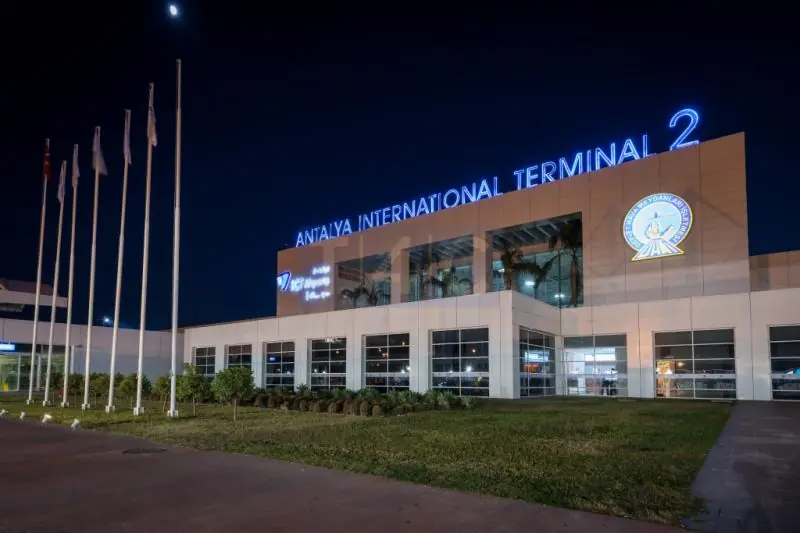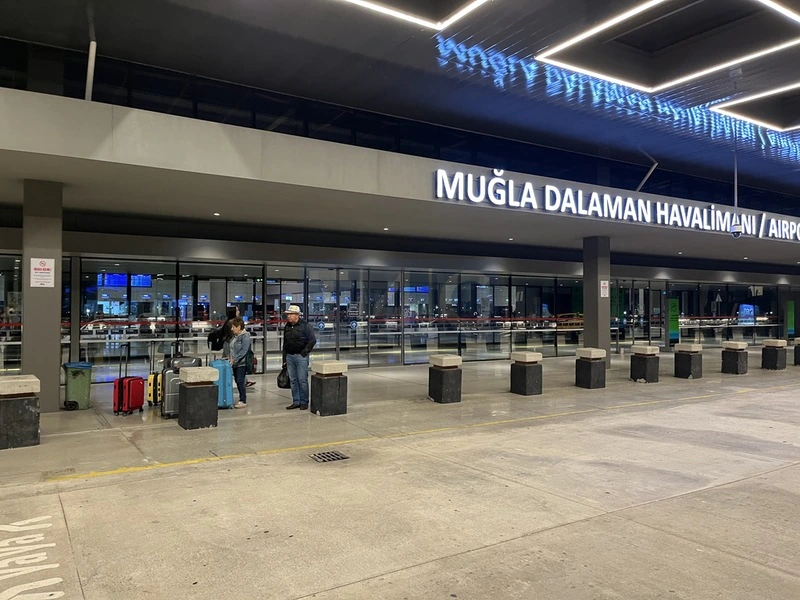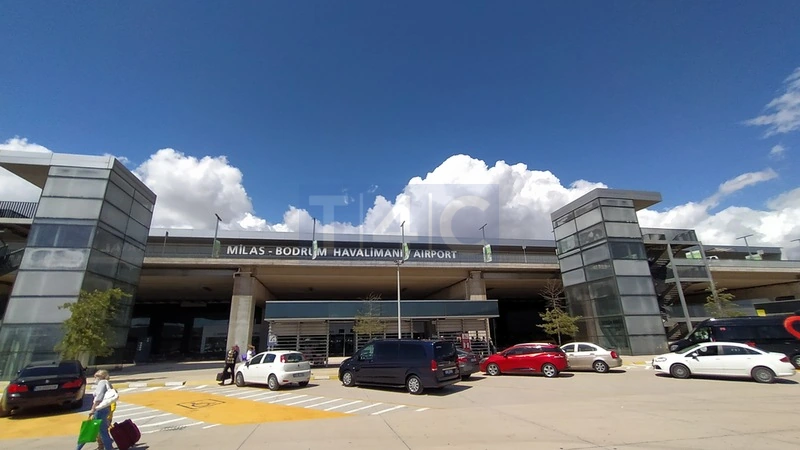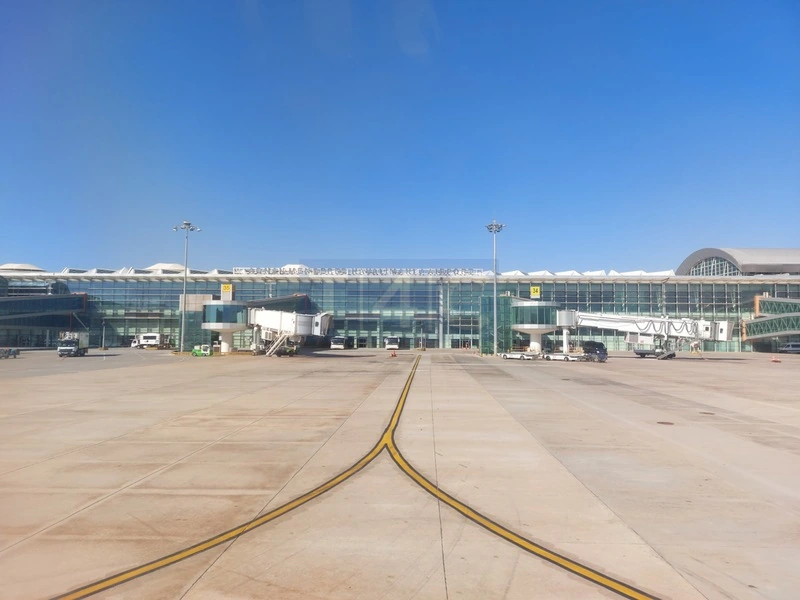The Impact of Seasonal Changes on Airport Operations
Seasonal changes significantly influence airport operations, affecting everything from flight schedules to passenger traffic. As seasons shift, airports must adapt to varying weather conditions, which can impact runway availability, aircraft performance, and the overall efficiency of airport logistics. Winter brings snow and ice, requiring extensive snow removal operations and increased maintenance checks on aircraft, while summer often sees thunderstorms that can lead to delays. Additionally, holiday seasons can lead to surges in passenger volumes, necessitating enhanced staffing and resources to manage crowds effectively. Understanding these seasonal dynamics is crucial for airports to maintain safety, efficiency, and customer satisfaction throughout the year.
Airports operate in an environment where seasonal changes can have profound effects on various aspects of their operations. Different seasons bring unique challenges and opportunities that require careful planning and adaptation. For instance, winter months often introduce harsh weather conditions such as snow and ice, which can significantly impact runway conditions and aircraft performance. Airports must invest in snow removal and ice control measures, ensuring that runways are safe for takeoff and landing. This involves deploying specialized equipment and personnel trained to handle extreme winter conditions, which can be both time-consuming and costly.
Moreover, seasonal weather patterns can also lead to fluctuations in air traffic control operations. During summer months, thunderstorms are common, which can result in flight delays and diversions. Airports must coordinate with air traffic control to manage these disruptions, ensuring that safety remains the top priority while minimizing inconvenience to travelers. Additionally, airports often need to adjust their operational protocols based on seasonal weather forecasts, implementing contingency plans to deal with potential disruptions.
Beyond weather-related challenges, seasonal changes also affect passenger traffic. For example, holiday seasons such as Christmas and Thanksgiving see a significant increase in travelers, leading to crowded terminals and longer wait times for security checks and boarding. Airports must anticipate these surges and prepare accordingly by increasing staffing levels, enhancing security measures, and even expanding services like food and retail to accommodate higher passenger volumes. Similarly, during off-peak seasons, airports may experience a lull in traffic, prompting them to optimize staffing and resources to maintain efficiency while controlling costs.
Airports also experience seasonal variations in demand for airport transfers and other ground transportation services. During peak travel seasons, the demand for shuttles, taxis, and private transfers can skyrocket. This necessitates coordination with ground transportation providers to ensure that sufficient vehicles are available to accommodate passenger needs. In contrast, during off-peak seasons, there may be a need for strategic marketing efforts to attract travelers and boost demand for these services.
In conclusion, the impact of seasonal changes on airport operations is multifaceted, affecting everything from weather-related safety measures to passenger volume management. Airports must remain agile and responsive to these seasonal dynamics to ensure smooth operations, maintain safety standards, and provide a positive experience for travelers. By understanding and preparing for the unique challenges posed by each season, airports can enhance their operational efficiency, ultimately benefiting both the facilities and the passengers they serve.















